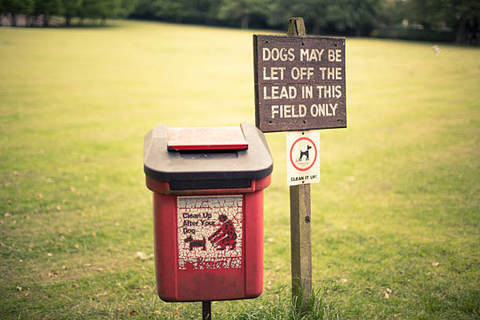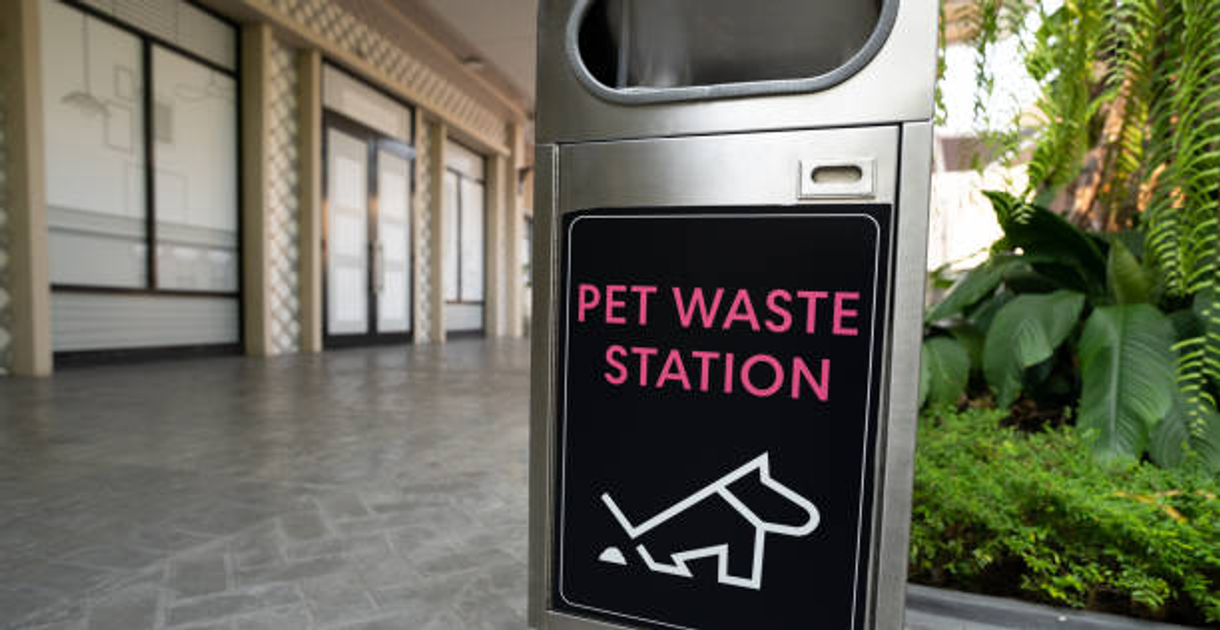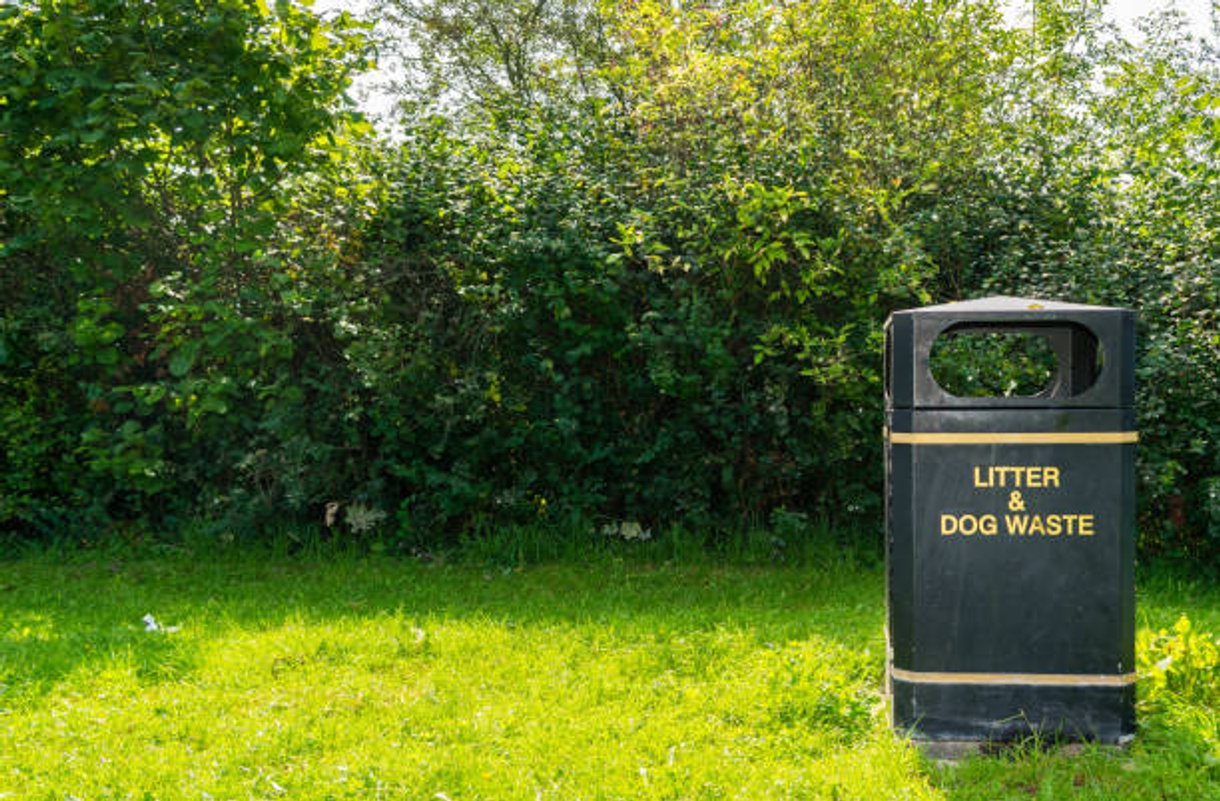Introduction:
For maintaining a hygienic and safe environment, cleaning up after your pet is important for all pet owners. Dog waste container is the easiest way for cleaning up after the pets. However, regular cleaning and maintenance of the container is crucial to ensure proper hygiene and functionality. In this article, we will discuss the best practices for cleaning and maintaining your dog waste container.
Empty the Container Regularly
The first step in maintaining your dog waste container is to empty it regularly. Do not wait for the container to be completely full, as this can cause overflow and lead to unpleasant odors and hygiene issues. Generally, we should empty the container once a week but it also depends on the size of the container and how much pets or dogs use it.
Use a Scoop or Scooper
To make cleaning easier and more efficient, use a scoop or scooper to pick up the waste from the container. Avoid using your hands to avoid contamination and the spread of bacteria. Use a designated scoop or scooper for this purpose and clean it regularly.
Wear Gloves
It is normal to wear gloves while cleaning up after the pets to protect yourself from harmful bacteria and viruses. Use disposable gloves that are thick and durable, and dispose of them immediately after use.

Rinse the Container
After emptying the container, rinse it thoroughly with a hose or bucket of water. This will remove any remaining waste and prepare the container for cleaning.
Use a Cleaning Solution
To ensure proper hygiene and cleanliness, use a cleaning solution specifically designed for pet waste containers. Avoid using harsh chemicals or bleach, as they can damage the container and harm the environment.
Scrub the Container
Using a soft-bristled brush or sponge, scrub the container with the cleaning solution. Pay attention to the corners and hard-to-reach areas, as they are more prone to bacteria buildup.
Rinse Thoroughly
After scrubbing, rinse the container thoroughly with water to remove any remaining cleaning solution. Ensure that all soap residue is removed to avoid attracting insects and pests.
Dry the Container
Allow the container to dry completely before refilling it. No moisture should leave in the container because it can cause an unpleasant odor or bacterial growth.

Inspect the Container Regularly
Regularly inspect your dog waste container for any signs of damage or wear and tear. Check for cracks, holes, or leaks that can compromise its functionality and hygiene.
Replace the Container When Necessary
If the container is damaged or beyond repair, replace it immediately to ensure proper hygiene and functionality. A damaged container can lead to overflow, contamination, and hygiene issues.
Conclusion:
Cleaning and maintaining your dog waste container is essential for promoting a safe and hygienic environment for your pet and the community. By following these best practices, you can ensure that your container remains functional and free of bacteria and unpleasant odors. Remember to empty the container regularly, use a scoop or scooper, wear gloves, rinse thoroughly, use a cleaning solution, scrub the container, inspect it regularly, and replace it when necessary.
Frequently Asked Questions (FAQ)
A: It's recommended to clean your dog waste container at least once a week, or more frequently depending on usage and size of the container.
A: It's not recommended to use bleach or other harsh chemicals to clean your dog waste container, as they can damage the container and harm the environment. Use a cleaning solution specifically designed for pet waste containers.
A: You can use either hot or cold water to clean your dog waste container. Hot water can help to remove tough stains and bacteria, while cold water is more eco-friendly and can save on energy.
A: Dispose of the waste from your dog waste container in a designated pet waste bin or in your regular trash bin. Avoid dumping it in public areas or on the ground.



